|
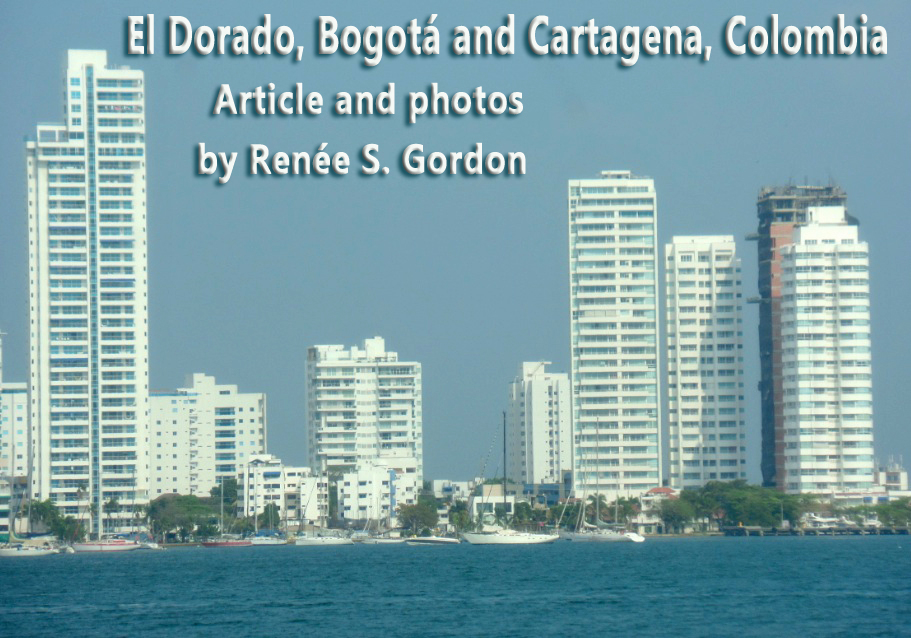
It is estimated that during the slave trade approximately
12.5-million Africans were taken from Africa with an estimated
10.7-million completing the voyage to the Americas and only
about 10% of those captured taken directly to North America. The
coastal area of Colombia, South America was such a large and
lucrative slave port that more than 300,000 Africans passed
through the city. Today Colombia's current black population is
the 2nd largest in South America and the 3rd
largest outside of the continent of Africa.
To experience a unique aspect of African diaspora history and
the mixture of three cultures Colombia is the perfect location
and now is the ideal time. Because of its geographical location
the weather is consistently wonderful and food and activities
are affordable.
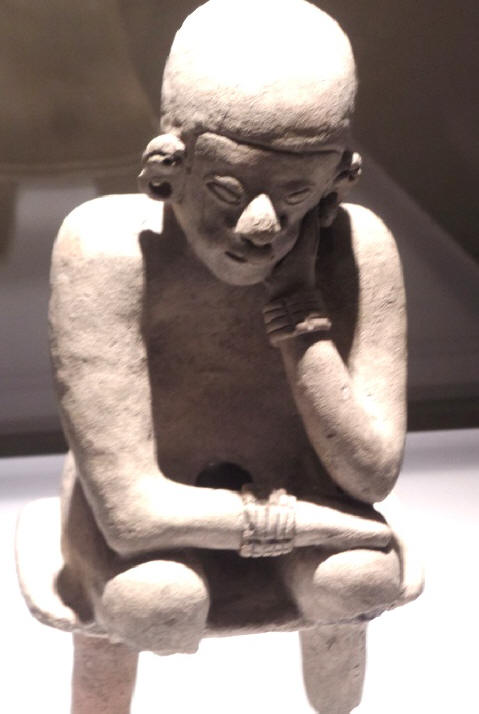
The region known now as Bogot� has always been important and the
earliest evidence of habitation of Colombia, 12,400 BC, has been
found in the area. The Muisca people, prior to Spanish arrival,
established the first city, Bacat�, around 1,000 AD. The first
conquistador to reach Colombia was Alonso de Ojeda who
accompanied Columbus on his second voyage. Gonzalo Jimenez de
Queseda entered the land of the Musica on August 6, 1538 and
christened it Santa Fe de Bacat�. Spain divided colonial America
into 4 Viceroyalties, one of which, New Granada, encompassed
Colombia, Ecuador, Panama and Venezuela with Bogot� as the seat
of power. Santa Fe
de Bogota became the capital of Gran Colombia in 1819 after
Sim�n Bol�var liberated the city. In 1886 it was designated the
capital of the Republic of Colombia.
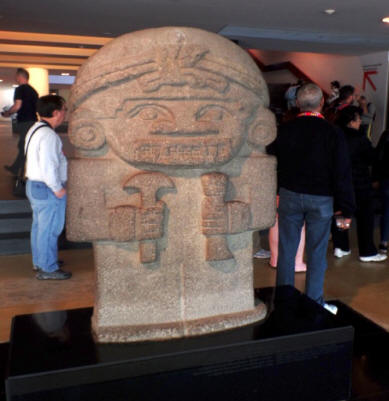 |
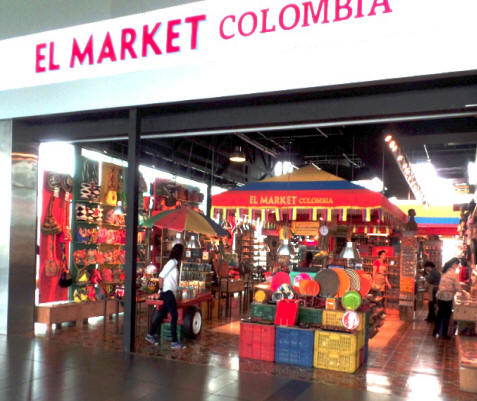 |
Slaves were introduced into Colombia in the 1520s and were
largely domestics and laborers. The first slave rebellion, one
of the earliest in the New World, occurred in 1530. Some slaves
escaped, forming Cimarrones communities, some purchased their
freedom and many intermarried creating the racial mixture
evident today. On May 21, 1851 slavery was abolished. D�a de la
Afrocolombianidad or Afro-Colombian Day has been celebrated
annually on May 21st since 2001. It commemorates the
abolition of the slave trade and the contributions of
Afro-Colombians. The date was selected to honor the founding of
Palenque de San Basilio, the first free town in South America.
BogotAfro Week Festival is built around that date and includes
music, dance, cuisine and art presentations.
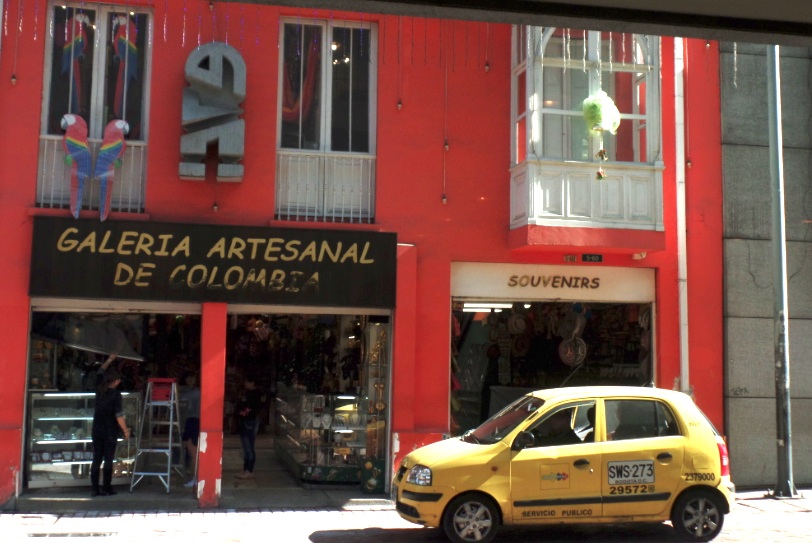
Bogot� is often referred to as "The Athens of South America" and
it is one of those wonderful cities where the historic and the
modern are found adjacent to one another and there is a surprise
around every corner. Tours should begin in the historic district
with several sites that draw international visitors year round.
The most popular in the country is the outstanding and world's
largest gold museum, the Museo del Oro. The museum's collection
exceeds 40,000 objects, only 15% are on view, representing
every major pre-Columbian culture at the time of Columbus.
Colombia produces the finest emeralds in the world and
pre-Columbians considered them sacred and they were only worn by
priests. They could mine them but were incapable of cutting them
so on view is the world's largest uncut emerald. Salt was used
as currency while their leaders wore gold symbolically because
it was yellow and bright like the sun they worshipped. The
galleries are filled with sacred and ornamental objects that
take your breath away. A highlight of a tour is a gallery in
which the ceremony of installing a new leader is recreated.
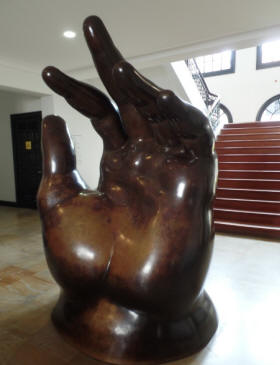 |
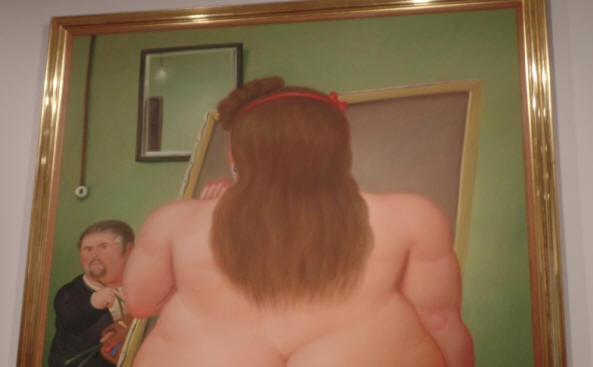 |
Colombian born Fernando Botero is one of South America's
greatest artists. The Museo Donacian Botero was established in
2000 to display 208 works donated by the artist, 85 by other
artists in his private collection and 123 artworks. The museum
is located inside a 2-story colonial house with galleries
arrayed around a courtyard.
The Plaza de Bolivar is the oldest square in
Bogot� showcasing the
country's oldest monument, the 1846 statue of Sim�n
Bolivar sculpted by Pietro Tenerani. Surrounding the statue on
the square are the 1989 Palace of Justice and Parliament. The
Parliament building was completed over a 100-year period from
1826-1926. The Cathedral of Bogota was constructed in the east
of the square in 1823 adjacent to a 17th-century
chapel.
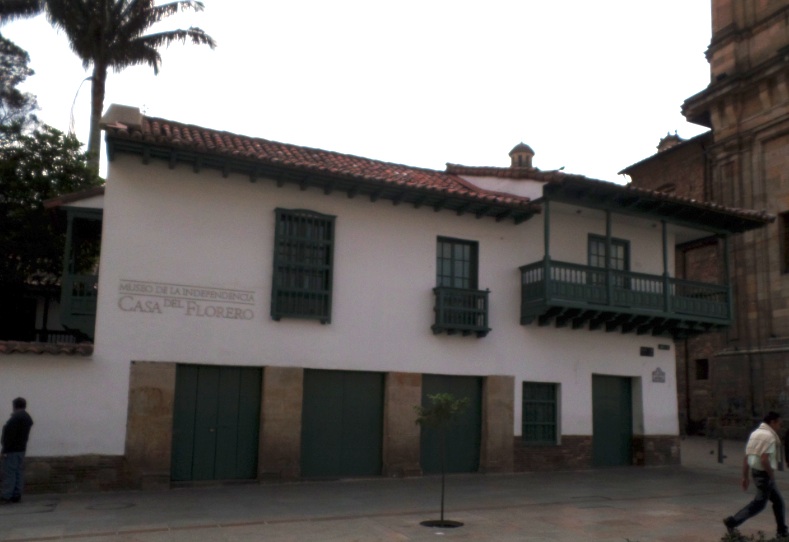
The 1604 Casa del Florero houses the Museo de la Independencia.
It features memorabilia, portraits, documents and artifacts from
the War of Independence. The building is archeologically
significant as an excellent example of 16th-century
santafere�as houses influenced by Moorish architecture.
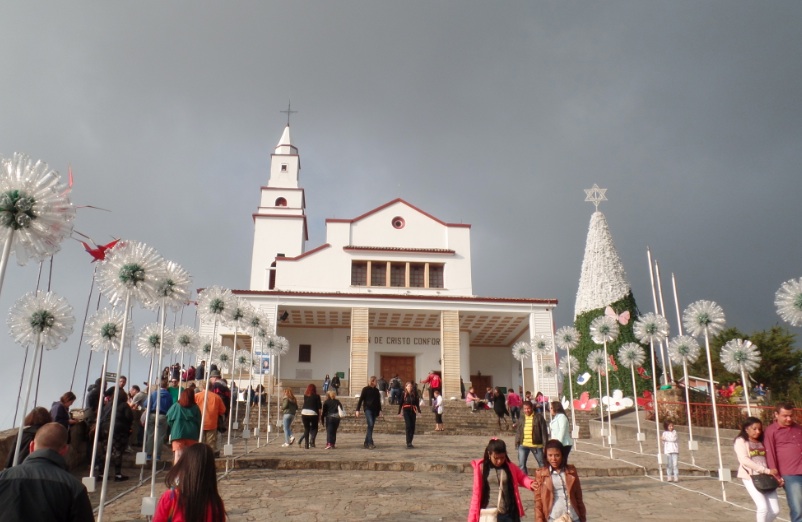
Cerro de Monserrate is referred to as the guardian of the city.
It rises more than 10,000 feet above sea level and offers
awesome views of the city below. Visitors can get to the top via
7-minute cable car, funicular or a 90-minute walk on a scenic
trail. The mountain has been a pilgrimage site since the early
1600s and one of the do not miss activities on the mountain are
life-sized sculptural Stations of the Cross.
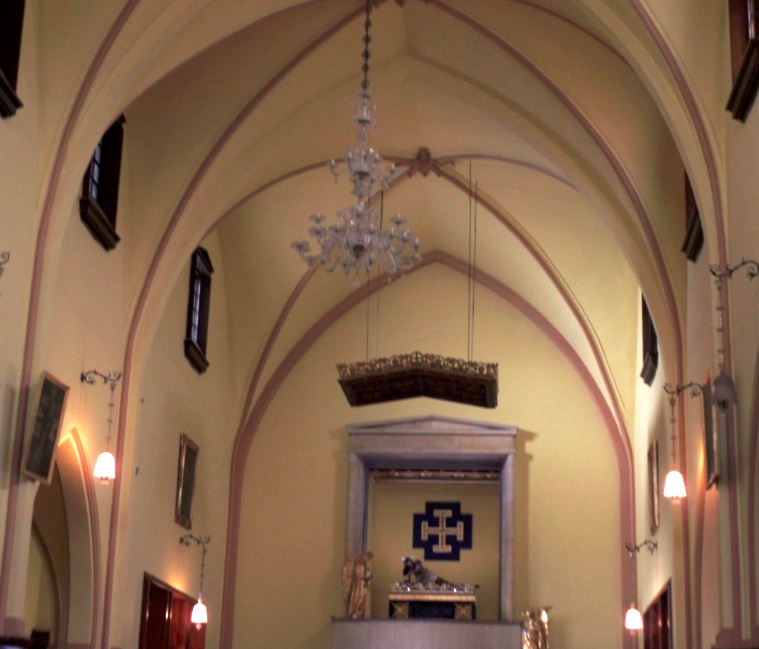
The Catholic Basilica of the Fallen Lord Christ of Monserrate
was completed in 1657 and was dedicated to the "Fallen Christ."
In 1917 an earthquake destroyed the church and rebuilding was
accomplished by 1925 by requesting each pilgrim visiting the
site to carry a brick to the top. The Gothic-revival church has
a plain interior.
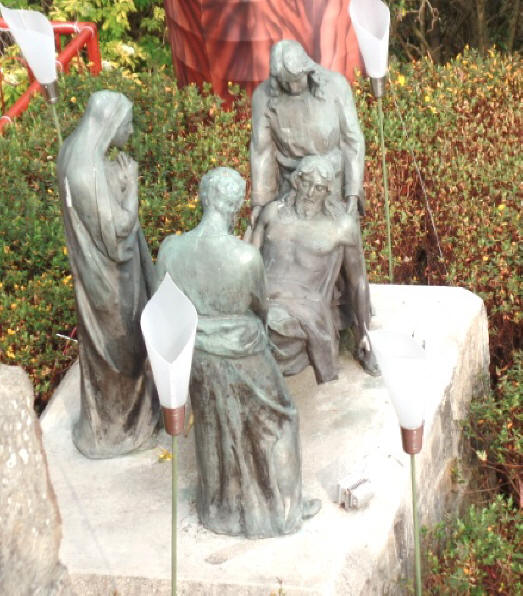
A path in the rear of the church leads to the Mercado de
Monserrate filled with food stalls featuring local cuisine,
products and spices as well as kiosks with handcrafted items.
This is a good place to purchase souvenirs and gifts.
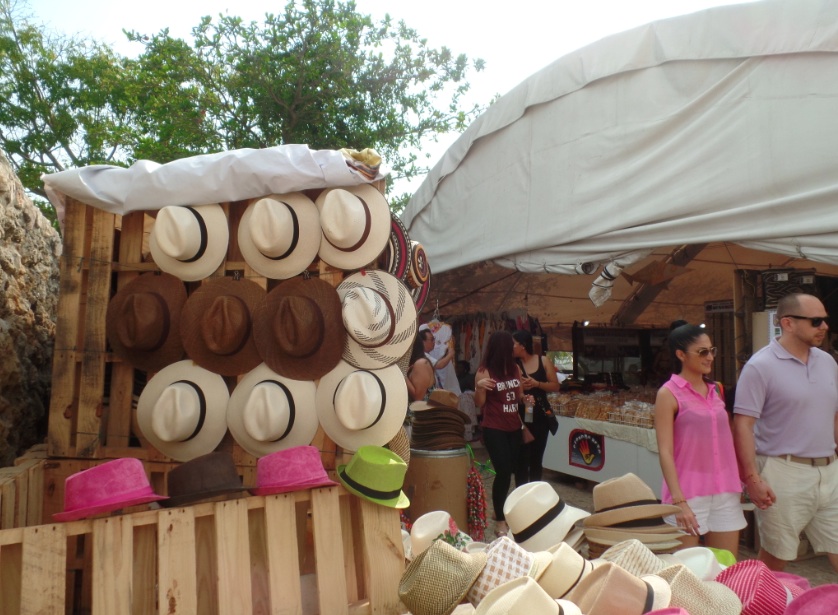
"the business of Blacks is the largest and the most profitable
business we have"
1500s Gov. of Cartagena
A
3-story "Afro-Colombian Mural, Currulao y Desplazamiento," is
located at 1344 U Street NW in Washington, DC.
The mural pays homage to the thriving culture in Colombia
that traces its roots to the Africans who infused the country
with customs and traditions brought from their motherland and
Cartagena de Indias is the best place to immerse yourself in
this history. Colombians of African-descent represent the third
largest black population outside of Africa and the second
largest in South America. Cartagena is a living history museum
of the Afro-Colombian culture and colonial Spanish history and
is the location of a UNESCO site.
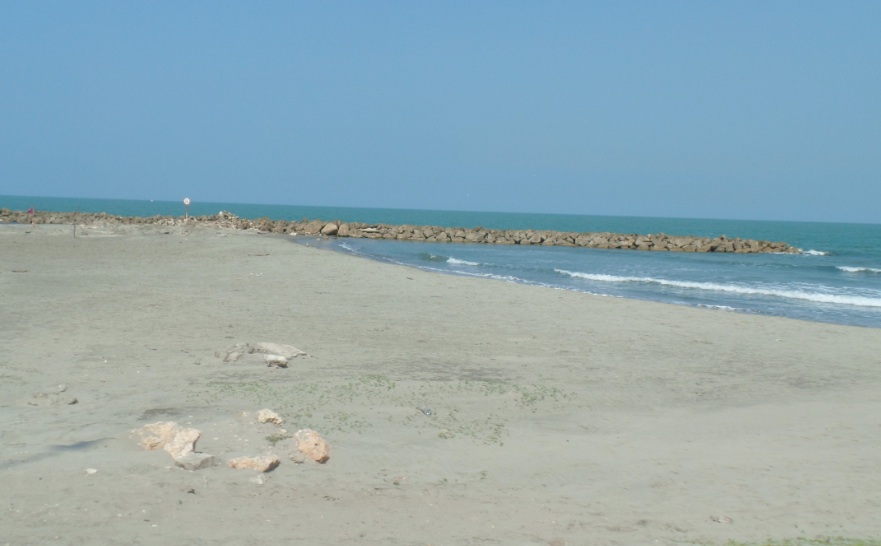
The city is situated on the northern coast of the country on the
Caribbean. Prior to the initial siting by the Spanish, and
subsequent naming as Golfo de Bar�, the region was settled by
the Calamari Indians. On June 1, 1533 Don Pedro de Heredia
established Cartagena de Poniente. African slaves had been
introduced into New Granada, Colombia, in the 1520s and by the
1770s more than 55% of the country was comprised of free people
of color.
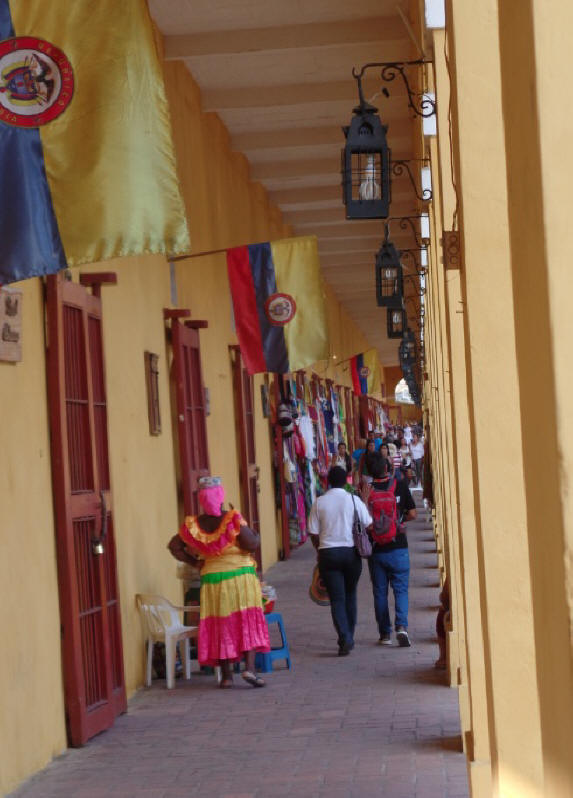
During the colonial era Cartagena was one of the Spanish Main's
most significant ports. Precious metals were shipped from the
port and supplies, products and slaves were imported. Cartagena
would become the main slave port in the Spanish colonies, one of
only 2 official slave ports, and the final port before crossing
to Spain. Because of its lucrative trade it became prey for
other European powers and defense became important. The Spanish
erected defensive walls beginning in 1586 and continued into the
1780s. The protected area includes the cathedral, the Government
Palace the areas where the rich and middle class lived and
Gethsemani the section of the city where the slaves lived and
now the neighborhood many o their descendants continue to
inhabit.
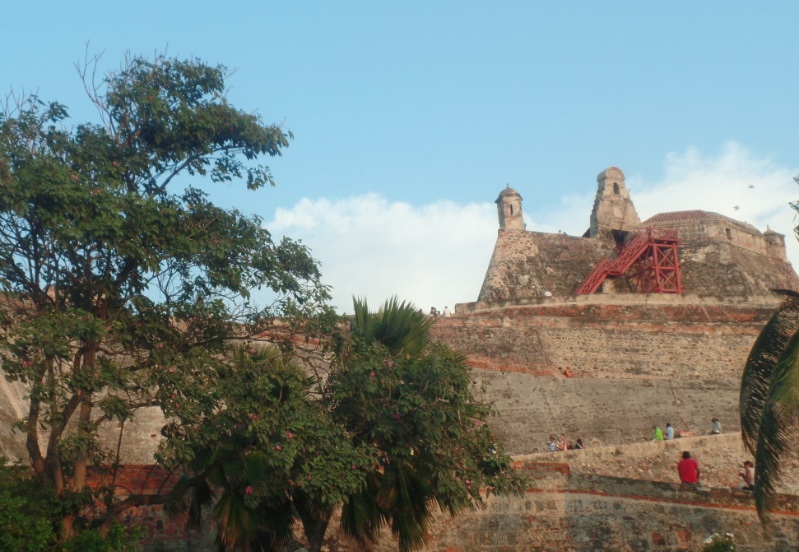
Cartagena's fortifications are an outstanding example of 16th-
18th-century military architecture, the most
extensive and complete in the New World. The walls extend nearly
seven-miles and are 25-ft. thick and up to 83-ft. high. The
walls and outer forts took more than 200-years to construct and
16 of the original 21 bastions are extant. There are areas where
you can walk the walls and one of the high points of a visit is
a sunset drink atop the walls at the Cafe del Mar.
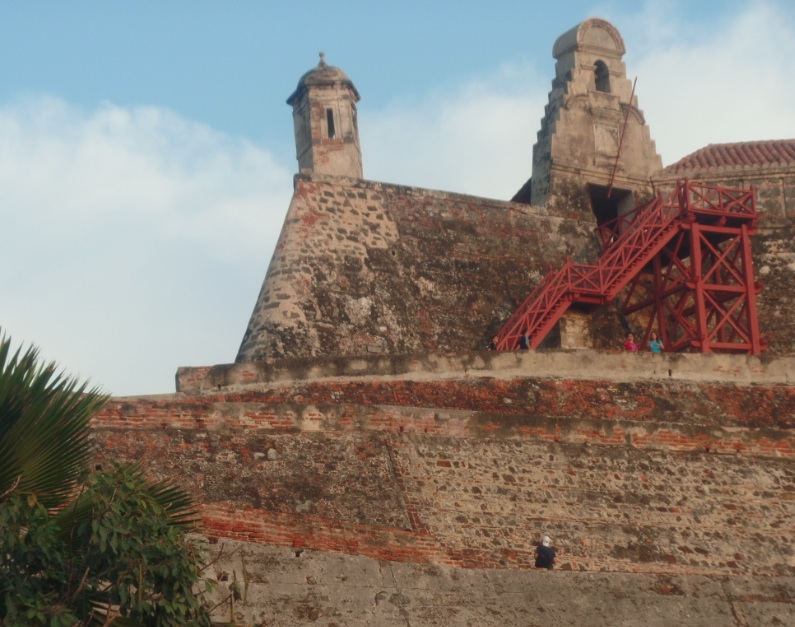
Spain's King Ferdinand commanded the construction of the
fortress, Castillo de San Felipe de Barajas, the strongest and
most impressive of all the Spanish fortifications. Antonio de
Arevalo designed it with the main portion completed between
1639-57. It was constructed, as were the walls, using slave
labor atop the 130-ft. San L�zaro Hill. There is a path to the
fortress, not for people with heart or mobility issues, and the
reward is a panoramic view of the city.
It is estimated that the number of "bozales,"
savage Africans, who came through Cartagena's port exceed
1-million and Africans arriving in Cartagena were listed
according to their land of origin and skill set. This form of
registration,
casta de naci�n, morphed into surnames and today allows people
to trace their ancestry. Once they arrived slave sales
were held in the Plaza de los Coches, now referred to as the
Plaza de los Coches, where visitors can purchase all types of
sweets.
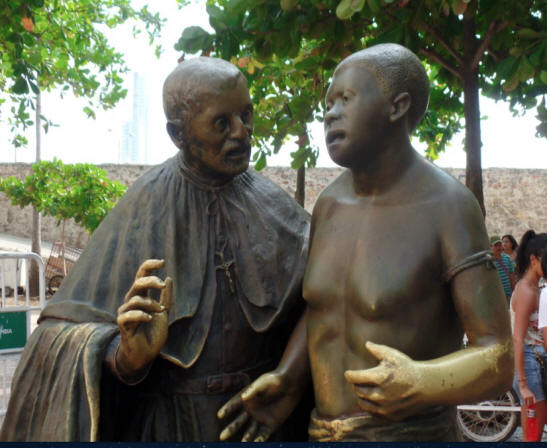 |
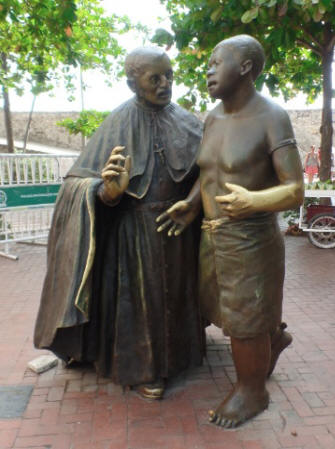 |
Peter Claver, "Apostle of the slaves," was born in Spain in 1581
and lived in Cartagenga from 1610 until his death. Claver was
ordained in 1615 and spent his life ministering, by his
estimate, 300,000 slaves. He was known to take a canoe out to
arriving ships and feed and care for new arrivals. Reviled by
many in his lifetime, he was canonized after death in 1888 and
named the city's patron saint. A statue in the Plaza San Pedro
Claver honors his works with a life-sized sculpture of Claver
with a slave situated at ground level encouraging examination
and interaction.
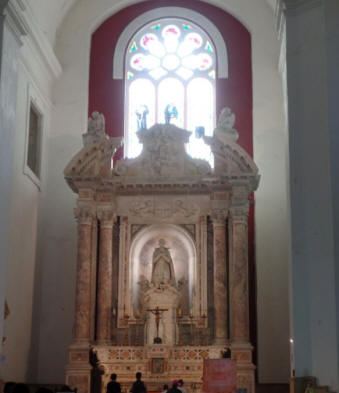 |
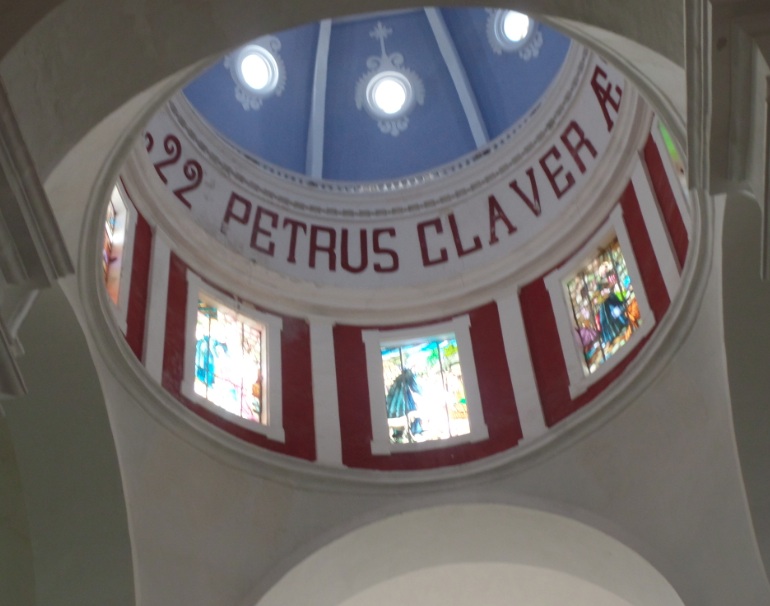 |
A few steps from the statue is the entrance to the
Cloister, Museum and Church of Saint Peter Claver. The Cloister
is a good place to reflect because of its serenity and its
importance as the location of Claver's slave baptisms. A flight
of stairs leads to the small room where he died in 1654 after a
4-year illness. At ground level a museum exhibits artworks and
artifacts. The Catholic Church features a marble altar
containing St. Peter Claver's remains.
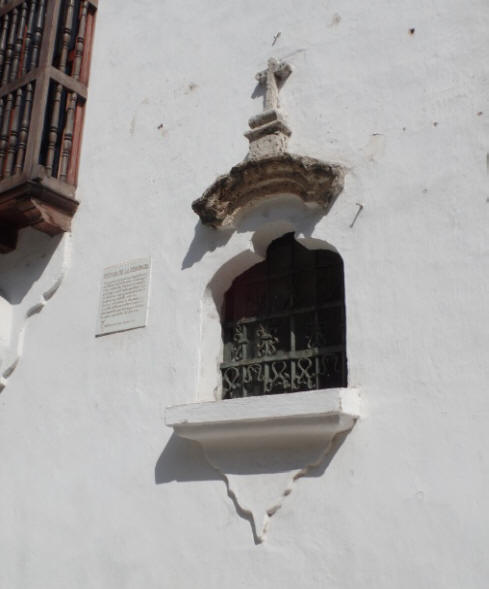 |
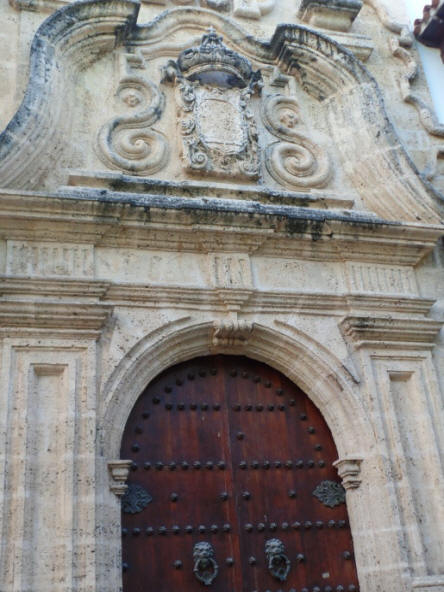 |
The Plaza de Bolivar, dominated by a statue of Bolivar the
country's liberator, dates from 1856 and is and
is filled with wonderful architecture and colorfully garbed
Palenqueras selling fruits carried in bowls on their heads.
The Palace of
Inquisition, a 2-level museum that interprets the Spanish
Inquisition from 1776 to 1821, is on the plaza. Displays
include torture devices, information panels, artworks and a
video that relates the true tale of an African female tortured
and executed for using indigenous cures. The second story is a
must-see as it covers the three main cultures in Colombia
through artifacts, dioramas, paintings and maps. Before leaving
the area be certain to see the window on the side, topped by a
cross, where people were denounced.
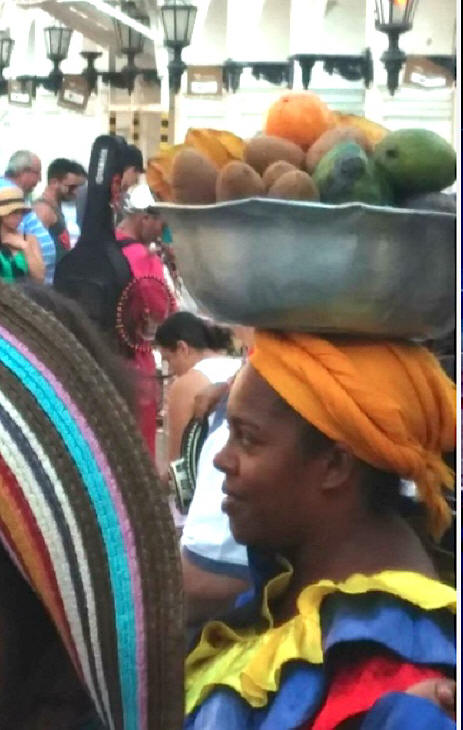
From the moment Africans landed in Colombia they protested and
made escape attempts. The first slave revolt, one of the
earliest in the Americas, took place in 1530, revolts followed
in 1545, 1550, 1555, 1556, 1557 and 1598. Benkos Bioho founded
the walled Palenque de San Basilio, a free community in the
hills, in 1603. This was the first such community and it is
located 30-miles southeast of Cartagena. The village maintains
its African heritage, music, dress, political and social
traditions, arts and language to such an extent that it was
inscribed as a UNESCO heritage site in 2005/08. There are more
than 3,000 residents who are directly descended from the
original settlers, most speaking Palenquero, a unique creole
language with Bantu roots. After repeated attempts to conquer
the village Spain officially declared it free in 1713. Scheduled
tours, including dance and music performances, can be arranged.
cartagenaconnections.com
After initially resisting Bolivar began recruiting slaves to
participate in the revolution in 1819. On May 21, 1851 slavery
was abolished.
With a little research you can spend a week in Colombia on less
than $100 per day. The country is colorful, friendly and just
exotic enough to offer real adventure.
American Roads and
Global Highways has so many great articles you may
want to
search it for you favorite places or new exciting destinations.
|